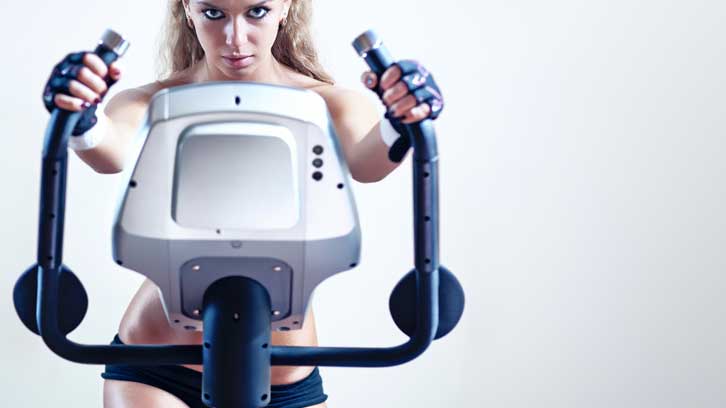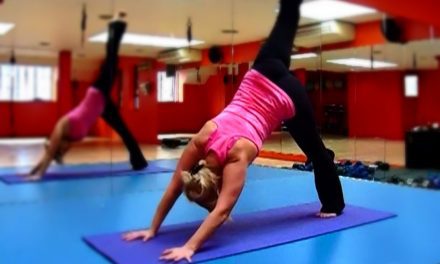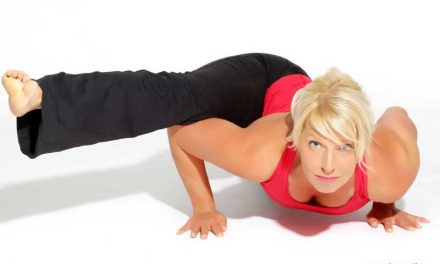Want to lose Fat? – HIIT to the Rescue!
Have you ever tried running for 30 minutes to an hour, 3-5 times per week, for months, only to find that your fitness results plateau and you never get to the level you want? The vast majority of people run because they want to look better, but don’t end up looking better from it at all. In fact, many people begin to develop larger appetites and slip into the “I ran today, so I can eat this bag of chips” phase. So why do so many people at the gym run all the time, if it’s not helping them achieve their goals? The answer: they’ve been lied to! Here’s the deal: traditional cardio IS good for the heart of course (more on that in a sec), but it is also very bad for many joints, the knees, ankles, and hips, and here’s the kicker: there are actually ways to get your heart and lungs working 10x harder without running at all! The most important thing to consider here is that you can get all the heart-related benefits of cardio routines from “High-Intensity Interval Training” (HIIT), and here’s the best part: you will actually see steady improvement in your strength, speed, stamina, agility AND the way you look!
So What is HIIT And Why does it Work so Well?
High Intensity Interval Training (HIIT) is the concept of training in intervals, each interval at a different intensity. Different HIIT programs work best for different people, but everyone can benefit form working out are varying levels of intensity (see example programs below). When you complete a cardiovascular session at an unvarying intensity for the duration of a workout your body enters a ‘steady state’. This is a state at which your body has adapted itself to the speed you are going and conserves energy. When you complete HIIT you do not allow your body to enter this state and thus allow yourself to burn more total calories in less time. Also, HIIT training is performed at a high intensity which raises your heart rate faster and raises your metabolism longer after the workout. The overall length of your workout are much briefer in duration than your typical aerobic sessions. Some studies, such as one by Laval University, state that HIIT (High Intensity Interval Training) cardio helps subjects lose/burn nine times more fat than those who trained the traditional way. It makes you wonder why anyone told you to train at a slow pace for a long period of time!
HIIT Sessions usually last less than 20 Minutes
The first difference is in time, excluding warm ups and warm downs last no longer than 20 minutes. This may seem like a very short space of time but believe me; if you do the workout correctly you will be exhausted by the end of it. The goal of HIIT is to hold an anaerobic state for a long cumulative time. It’s designed with rest intervals to allow you to sprint harder for longer. Take this as an example, if you were to sprint for 100 meters, you would go full out for about 15 seconds (depending how fast you were). In an advanced HIIT workout you would probably spend about 7 to 8 minutes going full out in a 15 minute workout. If you are a beginner you should start with 4 to 6 minutes total workout time.
Alternate Your Interval Training Routines
One of the key principles around High Intensity Interval Training is preventing any type of plateau. It’s designed around pushing your body to constantly adapt, and as your body is always trying to please, it invariably does. When this happens your improvements slow down.
To counter this, always keep your body guessing, after you have done about 8 weeks on a particular HIIT program, give yourself one week off then start a new one.
The key step to HIIT is not allowing your body to adopt, adapting to a certain level of intensity will allow your body to fall into steady state and it will begin conserving rather than burning fat. Keep changing your pace, and pushing yourself through each interval. No matter what your fitness goals, HIIT is one of the best ways of helping you achieve them. And the variations are endless. You can vary the training parameters (exercise to rest ratio, number of intervals) to make the workouts harder or easier, depending on what you are trying to accomplish. You can also use any number of exrecises for your training, such as cycling, sprinting, treadmill, elliptical trainers, jump rope, rope climbing, hill sprints, and more.





